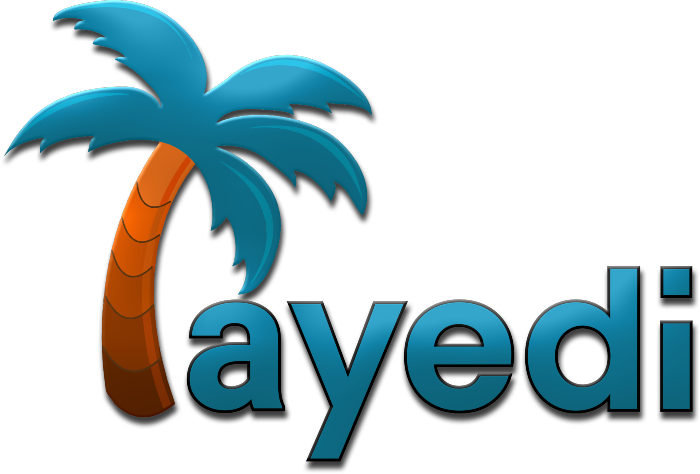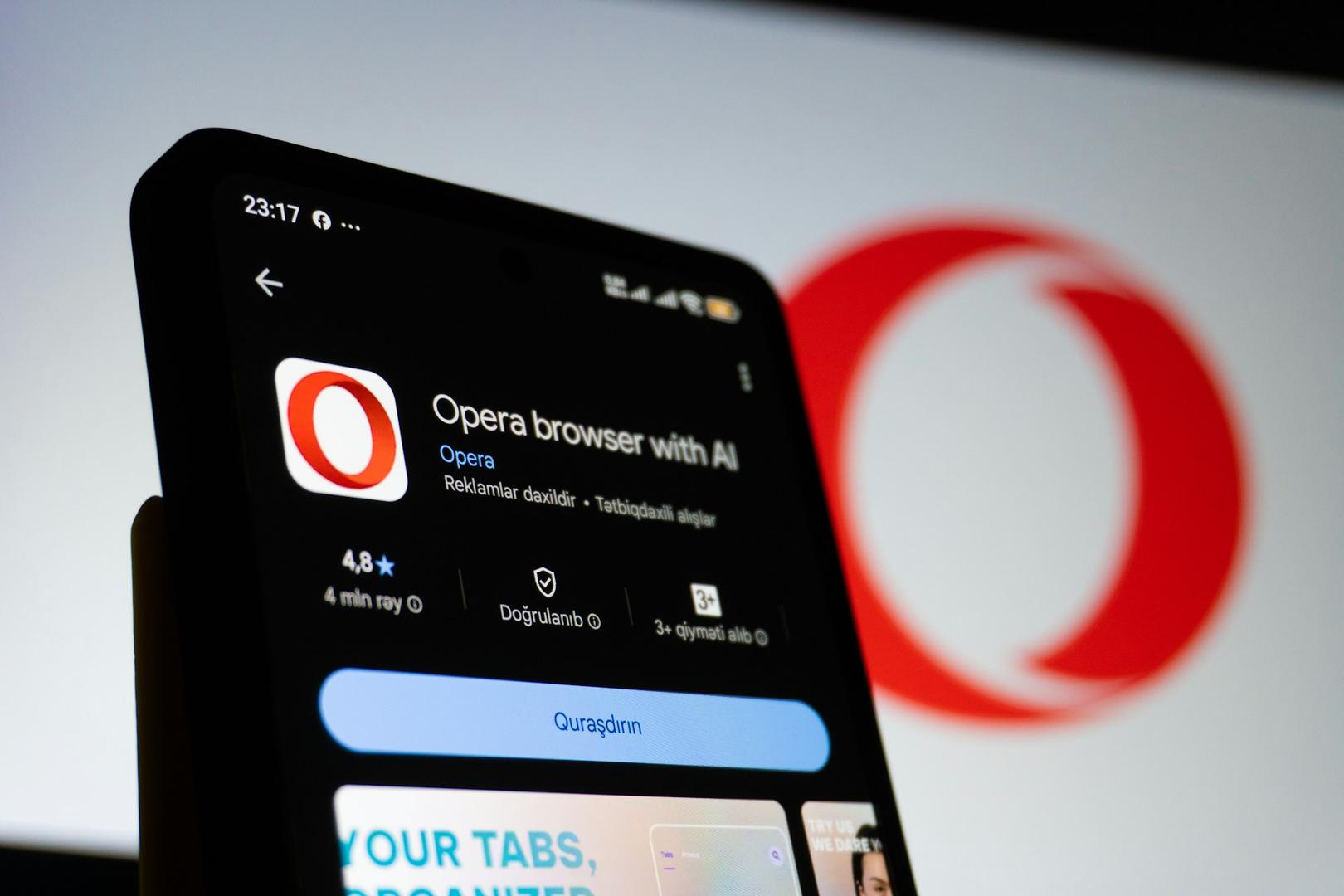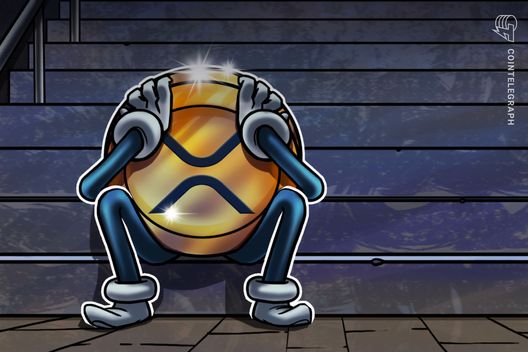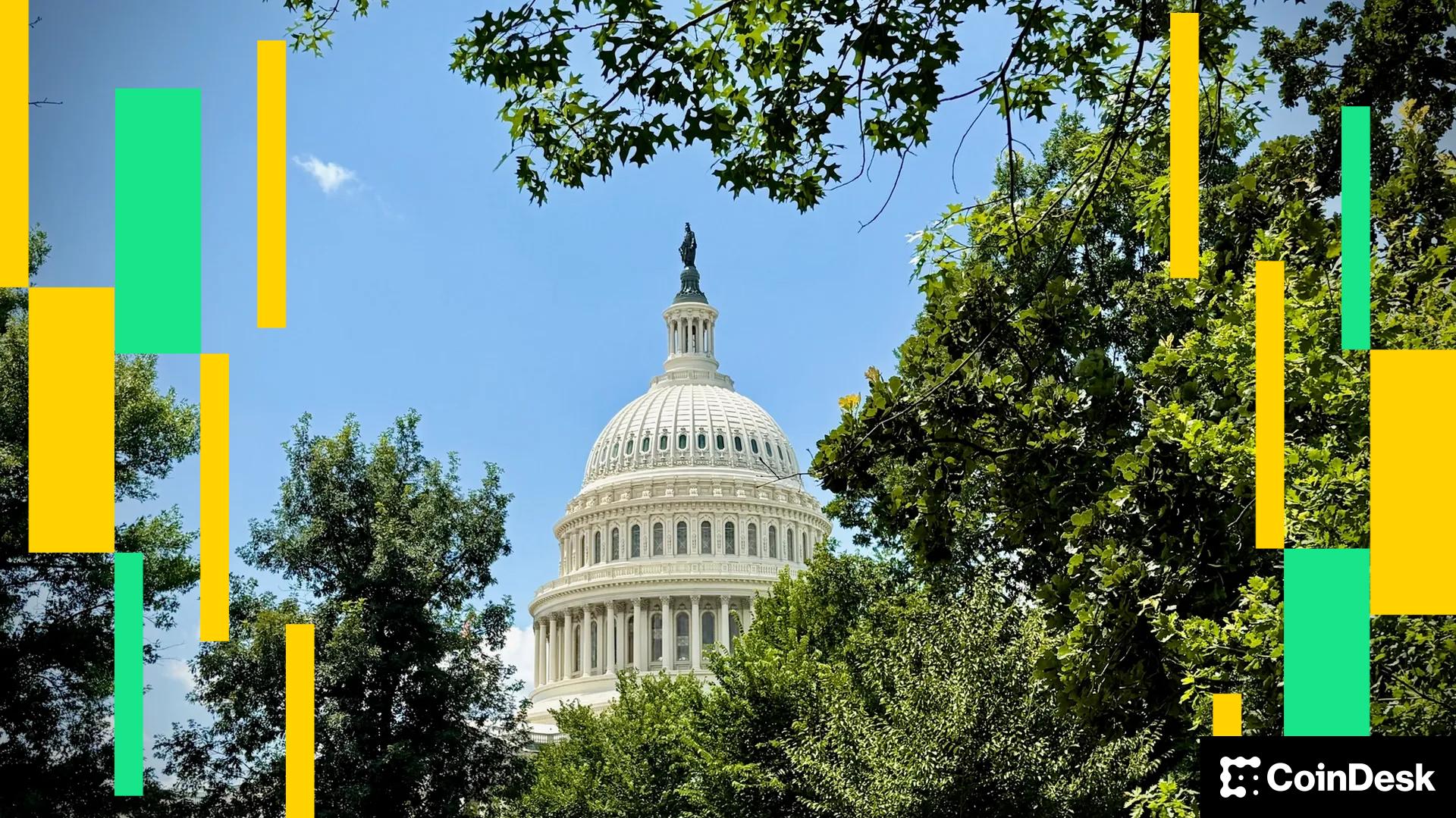As shares in Nasdaq-listed MicroStrategy (MSTR) continue to lose ground, demand for downside protection in the bitcoin-holding company has reached its strongest in months.
On Wednesday, the one-year put-call skew —the difference in implied volatility between call and put options expiring in 12 months —rose to 3.6%, the highest since April 17, according to data source Market Chameleon.
In other words, the demand for put options, which offer protection against price losses, relative to calls, is now strongest in over three months.
AI's take
A rising put-call IV spread means that the implied volatility of put options (which profit if the stock price falls) is increasing much faster, or is significantly higher, than the implied volatility of call options (which profit if the stock price rises). This suggests that options traders are willing to pay a much higher premium for downside protection or are betting more aggressively on a decline in MSTR's stock price.It reflects a growing apprehension or outright bearish sentiment among options traders regarding MSTR's future performance over the next year. They are pricing in a higher probability of a significant drop in the stock.A put option gives the purchaser the right, but not the obligation, to sell the underlying asset, MSTR, at a predetermined price on or before a later date. A put buyer is implicitly bearish on the market, while a call buyer is bullish.
MSTR is the largest publicly listed bitcoin holder in the world, boasting a coin stash of 628,791 BTC ($74.7 billion). The company has been aggressively buying BTC as a balance sheet asset for five years in a trend-setting move for corporates around the world.
However, its stock price has been struggling lately. MSTR has dropped by over 14% to $292 in two weeks, closing just below the 50-day simple moving average (SMA) on Wednesday.

 3 months ago
167
3 months ago
167








 English (US) ·
English (US) ·